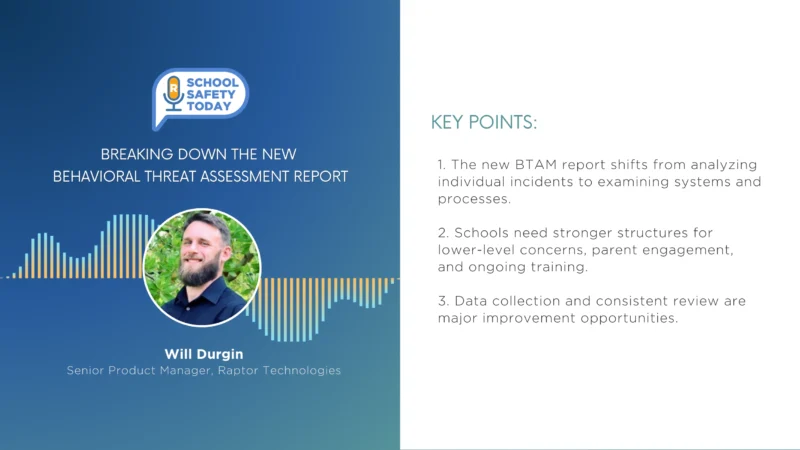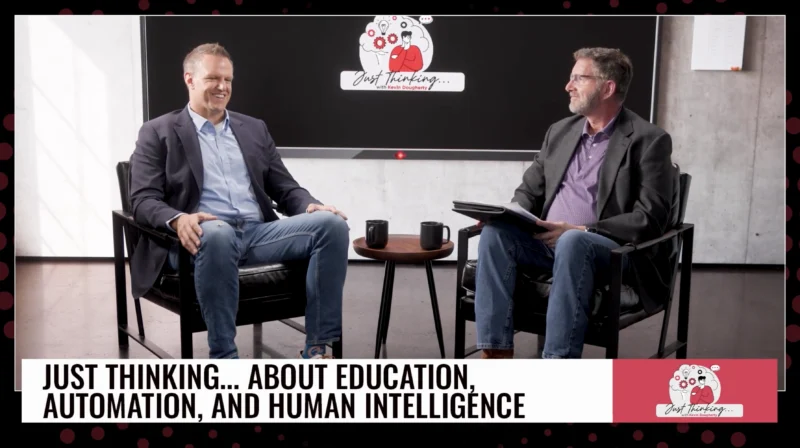Incorporating 3D Printers into Classroom Curriculum: A Case Study at Summit Academy
At Summit Academy, one of Denver’s pathway schools, things have changed. From the traditional ways of teaching, there has been a significant shift towards real-world application thanks to 3D printers. These printers have revolutionized not only the way lessons are delivered but also how students interact with the concepts taught. These devices have shifted teaching from being merely on paper to the realm of hands-on and active participation.
Seamless Integration with Leading 3D Printers
Among the many available options, Boxlight’s Robo 3D printers have become quite popular at Summit. The consistency they offer, combined with the reliability and ease of use they provide even when used overnight, have been lauded. Additionally, their cameras provide an extra layer of accessibility and the print-out quality has been commended as top-notch.
Preparation for the Future: Career-specific Integration of Technology
The modern world is filled with technology, a reality that shapes how subjects are taught at Summit Academy. The institution’s intuitive approach to teaching merges technology with education to provide a more accessible and real-life applicable curriculum. An excellent example is their use of CAD for 3D modeling, particularly in earth science classes, where students design small office buildings and test them for their shock-absorbing abilities using a shake table. This has not only increased their understanding of the subject but also stands to prepare them for potential future jobs requiring similar knowledge.
Real-life Application: 3D Printers In Science and Engineering
These practical applications of 3D printing extend to various other subjects. For instance, after modeling seawalls to mitigate the effects of tsunamis, students get a chance to print their designs and flood-test them. This nuanced learning experience breathes life into the theory, moving it off the paper and screens, and bringing it right in front of them. It’s an effective and hands-on approach that has made learning much more interesting and meaningful to these students.
Conclusion
The incorporation of 3D printers in teaching methodology at Summit Academy has not only reinvigorated classrooms but also set students on a learner-friendly path. It’s fostered an environment where students can learn and apply concepts in the real world, helping them prepare for the future, and making education more enjoyable and far helpful in the long run. It’s a development that we believe will serve as a model for other institutions in the self-evolving world of education technology.




